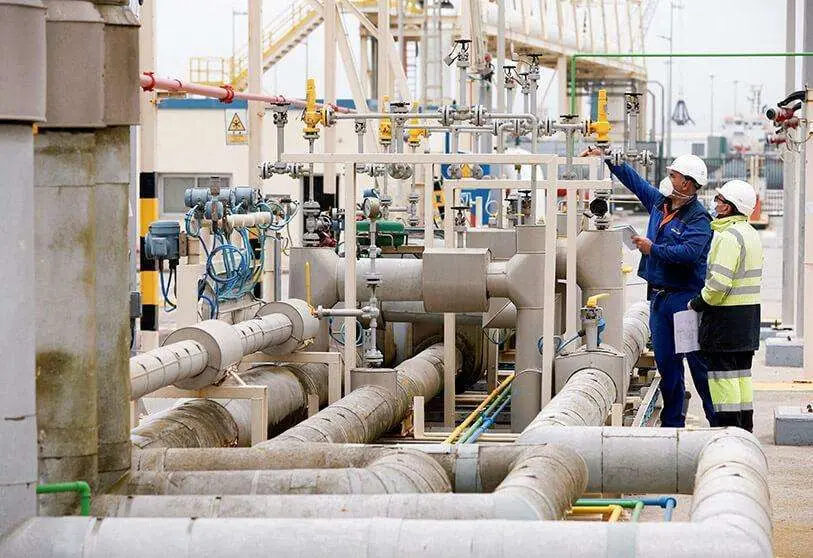Europe will cut gas demand by 37% this decade

Crédito y Caución expects Europe, the United States and Japan to see gas demand decline in the medium to long term. Although emerging markets in Asia, the Middle East and Africa will continue to experience growth this decade, global gas demand will fall to 8% below current levels by 2030. If we look at Europe alone, in parallel with a strong increase in wind and solar capacity, this fall will reach 37%.
Gas markets are traditionally divided into three - North America, Asia and Europe - each with its own pricing mechanism. Although European gas costs are generally in between those of the US and Asia, the world is currently facing an unprecedented global energy crisis in which Europe and gas are at the centre. Russia has reduced its pipeline supply to the EU by 80 per cent since the invasion of Ukraine. In response, Europe has increased its imports of liquefied natural gas, causing gas prices on the continent to reach record highs in 2022. While in the long term prices will fall in the US, Europe and Asia, in the short term they are likely to remain high and volatile.

According to the credit insurer's long-term baseline scenario, which assumes that the various energy commitments already announced by countries and governments will be met, gas demand in 2050 will be 40% lower than it is today, which will mean that its share of the energy mix will fall from 16% today to 10%. Demand for liquefied natural gas is expected to grow until the mid-2020s, but thereafter its future is uncertain. Gas demand will start to decline from 2030 in China, from 2035 in the Middle East and from 2040 in India.
In 2050, Russia will still be the world's leading gas supplier, although its role in international trade will diminish sharply - its production is expected to fall by 40% - as it will not be able to compensate for the fall in supplies to Europe with exports to other markets. Russia's increased pipeline deliveries of natural gas to China will cover less than half of the drop in exports to Europe by 2030. There are no easy options for Russia in its search for new markets. The US will remain the world's second largest supplier. The Middle East will remain the largest source of near-term supply growth.








